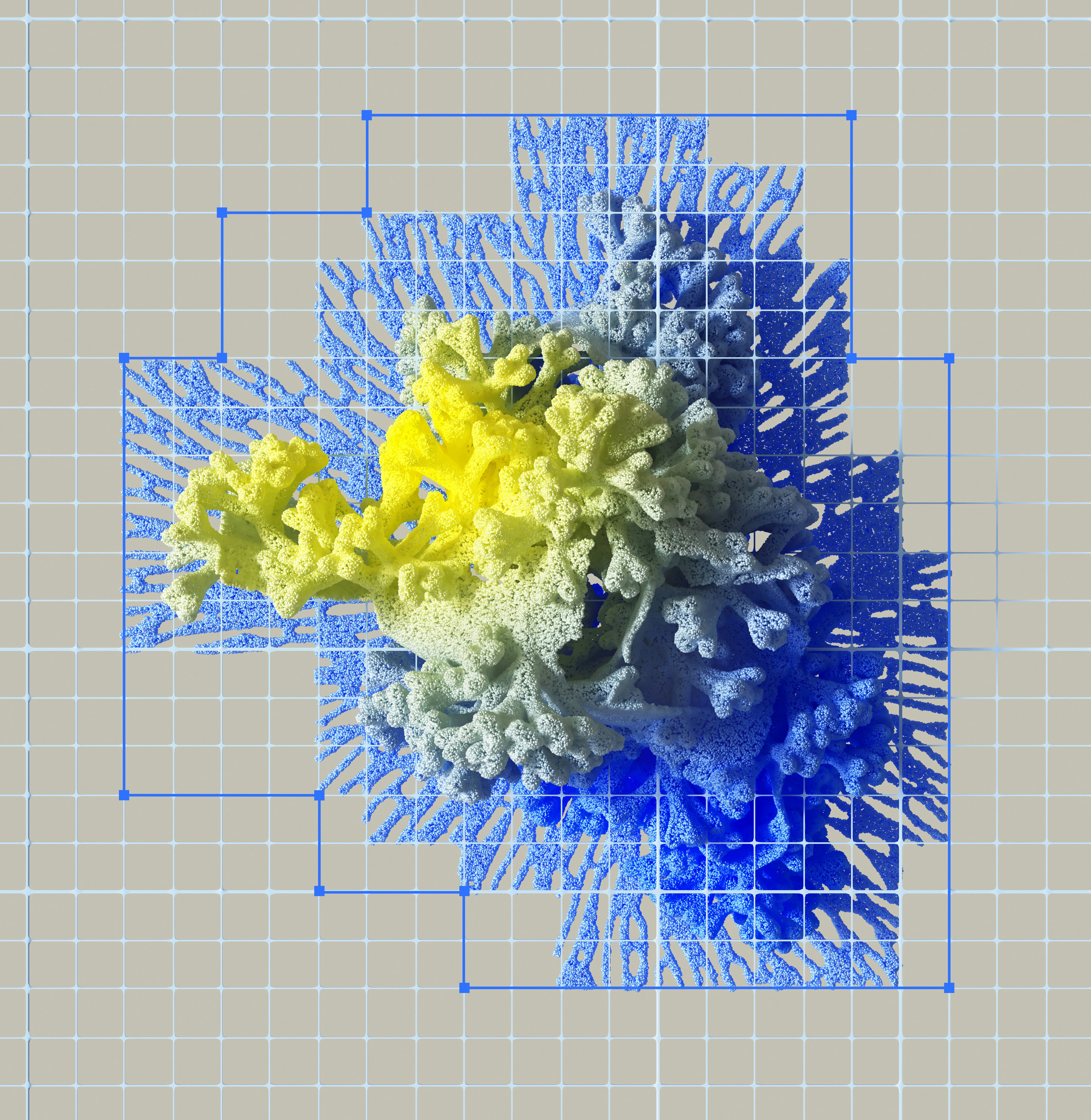Emailing tips for Grad Students, PhDs and Postdocs for Research Positions in Academia
Writing emails to professors/PIs for seeking an MS research, PhD or a postdoc position can be a daunting task. Through this post, I want to share the tiny details on writing solicited or unsolicited emails to Professors/PIs based on my experiences. Successful applications require a lot of preparation and hopefully this article will give you some insights to write an impressive email.
Before starting, I would suggest you to consider my learnings and suggestions only as a helpful guide on this topic.
A word of motivation: “The journey matters as much as the goal.” - Astronaut Kalpana Chawla
Dos and Don’ts
Don’t send generic emails.
First and foremost thing to remember is – don’t send generic emails, otherwise it will probably land in their spam folder.
When you send the same generic email to professors without giving much thought or without doing your own research about their work, lab facilities etc., they will know it and your email will be moved to the spam or trash folder.
Here is an example below of a generic email.

There is no personalization whatsoever in the above example email which will do more harm than good to your application.
Research about prospective PIs and their labs.
Do your research on PIs and their labs in which you are interested to work.
Whether you are emailing a PI for an advertised position or writing them to inquire about open positions or upcoming openings in their lab, you may want to DO a thorough research about their current and past projects and find out about their field of interests. To do so,
- Visit their lab website as well as their personal website.
- Browse through their Google Scholar profile.
a. Go through the titles of all their publications.
b. Next, read abstract of titles of the papers that interests you the most.
c. If you find that those abstracts align with your research interests, go through the methodology & conclusions. By doing so, you will now have a fair idea about their research, methodologies and collaborators. - Now that you know about the research profile of your prospective supervisor, draft your email with a personal touch. For example, mention how your research interests and skills align with your supervisor’s research and what contributions you can make to their lab. Show them with examples that your skills will help them in their ongoing projects.
By following these steps, your application will be impactful. In addition, you will be developing rapport with the prospective PI.
Be specific and don’t be too technical. One paragraph with two or three sentences is just what you need.
See these couple of example email excerpts which led me to initiate conversation with the PIs.


Include your CV and a one-page cover letter
Inclusion your CV and a one-page letter in your email is very important for your application. After you have succeeded in making a first positive impression on your prospective supervisor with your email, it is now the letter’s turn to solidify your chances of getting an interview. So it should be very well thought and relevant to the group’s research work and requirements. Here you will be expanding the details about the sentences that you have mentioned in the email. Specify in detail how your research skills and experience will benefit the group, what skills will you develop while working with them, how this opportunity will lead you to the path to become an independent researcher, etc.
If you are writing an unsolicited email and have a research idea on a topic that you want to work on, you may also include a two-page research proposal. Remember to do a thorough literature review because you have to convince them that the topic that you are proposing is novel and promising and can lead to securing grants.
Don’t hesitate from sending unsolicited applications
If you are interested in working with a Professor, just let them know. Even if there is no opening with them at the time, there is no harm in sending them the email inquiring about any openings in their group. There is a possibility that they have an open position and they have not advertised it yet. This proactiveness might make you one of the top applicants for the job.
Even when there is no open role in their group, the positive impact that you have made with a personalized email will bring you to their good books. They may redirect you to their collaborators or they may even save your CV and will approach you first when a position opens in their lab. So don’t wait when you come across a prospective PI.
Schedule your emails thoughtfully
I always that the best time to send emails is during their mornings when they are about to start their workday. You might want to consider the timing aspect and plan to send the email at a time when you think it will be noticed.
I’d recommend you not to email them during late office hours or during weekends.
Ask them whether their schedule permits time for a short discussion
I would strongly advise to always include a sentence in your email asking to speak with them for a few minutes. For example, you may write somethig like this
“If your calendar allows, can we schedule a Zoom/Teams call at your convenience to speak briefly about my research proposal?
Don’t send a LinkedIn connection request yet
At this stage in your application process it is not recommended to connect with them on LinkedIn. If they are interested in your application, let them run a search on your professional networking profiles.
To-dos after submitting your application
Wait game
Academic hiring is a slow process. After you have emailed them, wait for their reply.
I have set some ground rules for post-submission follow-ups which you may also implement in your job search. If I don’t receive a reply within 2 week (15 days), I write them a polite reminder. I also use this opportunity to demonstrate again my interest (only in the right amount) to work with them without being overly excited about it. If there is no response yet, I do the second follow-up after 30 days from the first communication. When there is no response even after my 2nd follow-up, I mark my application as rejected in my personal job application tracker.
Professors are busy people, so I expect that a 30-day period is a reasonable time frame to receive a response to know whether my application is in-progress or rejected.
Don’t just wait
There are tons of Universities worldwide where you can do your research. During the wait time, you don’t want to just sit and wait for their reply. You can improve your chances of getting by searching for more professors, emailing them using the same ground rules as discussed above. This is an iterative and a time consuming process but it will be worth your efforts if you are sincerely interested in an academic position. This whole process is also an opportunity for you to connect and grow your professional network.
Know your PI and their lab culture
Just like a PI will do their due diligence before hiring you, it is very important for you to do your due diligence on your prospective PI and their lab to find out how they are as a person to work with, how their lab functions, how many students or post-docs are working with them, etc?
The best way to obtain this information is through their lab members. They will probably give you an honest review about it. Getting in contact with them to build connection with them and asking questions is the best option for you. You may also speak with your previous or present supervisor about your application and ask for helpful advise on your application.
Conclusion
I have tried to cover intrinsic details from my experiences. Hopefully, you find this article helpful for your next job search within academia. Please feel free to leave a comment below or contact me if you have any questions or suggestions.




Leave a comment